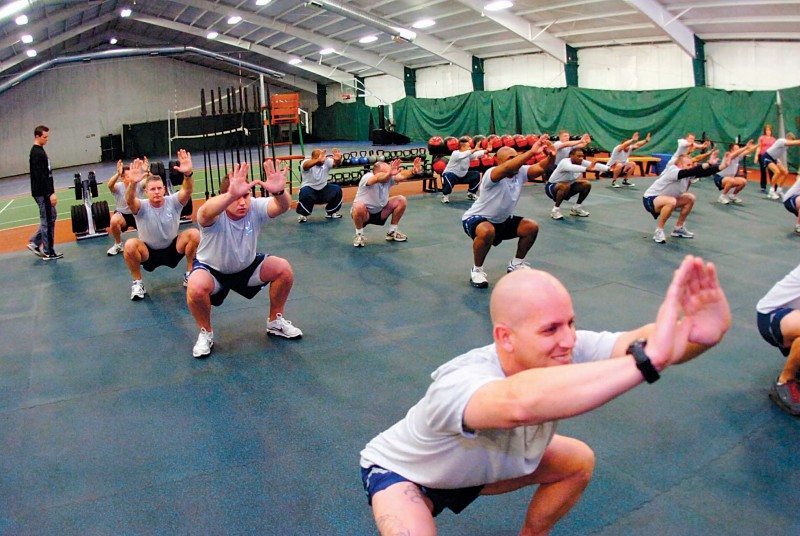Germany: Soldiers in Europe will test a pilot program developed to heighten the strength, power, speed and agility they require to carry out their mission in today’s modern combat environment.
U.S. Army Europe and Installation Management Command Europe will team up to conduct the Mission Essential Fitness pilot program from Feb. 13 to June 1, in Bamberg and Schweinfurt, Germany, and in Vicenza, Italy. The initiative ties to the Comprehensive Soldier Fitness program’s physical pillar.
Four 173rd Airborne Brigade Combat Team units will receive train-the-trainer sessions in February, lead by the developer of the program, Doug Briggs, Fort Bliss director of human performance. Briggs developed the program for 1st Armored Division Soldiers at Fort Bliss, Texas.
“Doctor Briggs presented and demonstrated the program to IMCOM Europe at an Installation Physical Activities Coordinators meeting last year. Command Sergeant Major (Tracey) Anbiya attended the meeting and participated in the hands-on session,” said Dan Gasparino, IMCOM Europe Recreation Program manager. “She was impressed and thought it would be an asset to Soldiers who deploy.”
Soldiers must be both aerobically and anaerobically fit to meet the demands of combat in order to defeat the enemy, according to Gasparino.
“What the Soldiers needed was a program to train ‘tactical athletes,'” said Briggs. “This was accomplished by designing a program similar to an NCAA Division I college football program and basing the program on incorporating functional movement patterns as utilized in daily activities.”
The MEF program is based on Briggs’ concept and is designed to use upper body, lower body, and core movements.
“Old-style physical fitness training and many modern variations do not address this demand due to limitations in the time required to achieve a cardiovascular workout,” Gasparino said. “By training Soldiers in the same fashion as professional athletes, the MEF program offers the same training methodology to develop the tactical athlete for mission related duties. The program will establish a new training protocol that will address the issue of Soldier fitness, both individually and in a group setting.”
By teaching the Soldiers how to train each other in proper form and technique, the Army will develop a cadre of unit fitness trainers to effectively execute this program. Concepts from both the new Army Physical Readiness Training Manual and the National Strength and Conditioning Association are used in conducting this program.
“The program is designed to train the Soldiers in correct application of exercise techniques and to be able to duplicate these techniques down range utilizing TRX straps, ammo boxes, tires, sledge hammers, logs or anything else available,” said Briggs. “By training the trainer, the trainer is then able to take what we teach them to the field and correctly instruct other Soldiers.”
“These proven methods allow the Soldiers to build on their knowledge base and take the information with them when they deploy,” said Gasparino.
“By doing the training in-house, using U.S. Army personnel, we ensure that what is being taught is correct, current, and repeatable,” said Gasparino. “In essence, we are the quality control.”
The training uses items that can be found anywhere and does not require large expenditures of money to purchase pieces of equipment with a large foot print.
“The purpose of the MEF program is to modernize fitness training to offer units an intense multi-station workout that is challenging, fun and improves Soldier and unit health,” said Gasparino.
The results of the pilot will be briefed to IMCOM-Europe and USAREUR senior leaders to determine future implementation plans.
“The imagination is the only limitation to being able to put together effective functional circuits utilizing what is available,” said Briggs.










